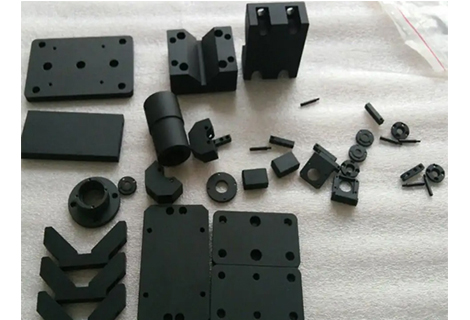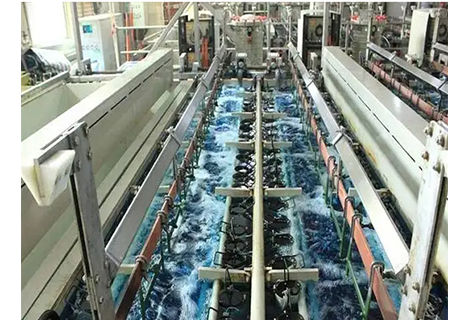Nowadays, the use of metal technology is quite popular, and many machines in the market have large metal parts. One of the surface treatment processes for metal is anodizing, which is very commonly used and can be used for both corrosion prevention and protective decoration purposes.
The anodizing treatment of aluminum and aluminum alloys is a process in which aluminum or aluminum alloy products are placed as the anode in an electrolyte solution to form an aluminum oxide film on the surface by electrolytic action. The thickness of the anodized film of aluminum and its alloys can reach tens to hundreds of microns, and it not only has good mechanical and corrosion resistance properties, wear resistance, and weather resistance, but also has strong adsorption properties. Aluminum products can be electrolytically colored after anodizing, and with the increasing coloring time, the color can go from light to dark. A variety of colors can be produced, and a beautiful decorative appearance can be achieved by using various coloring methods.
Porosity——the oxide film has a porous honeycomb structure, and the porosity of the film layer depends on the type of electrolyte and the anodizing process conditions. The porous structure of the oxide film allows the film layer to exhibit good adhesion ability to various organic substances, resins, waxes, inorganic substances, dyes, and paints, and can be used as the bottom layer of the coating. The oxide film can also be dyed in various colors to enhance the decorative effect of the metal.
Wear resistance——The aluminum oxide film has a high hardness and can improve the wear resistance of the metal surface. When the film layer absorbs lubricant, its wear resistance can be further improved.
Corrosion resistance——The aluminum oxide film is very stable in the atmosphere, and therefore has good corrosion resistance. Its corrosion resistance depends on the film layer thickness, composition, porosity, substrate material composition, and structural integrity. In order to improve the corrosion resistance of the film, the anodized film layer is usually sealed or painted.
Electrical insulation——Anodized films have high insulation resistance and breakdown voltage, and can be used as dielectric layers for electrolytic capacitors or insulation layers for electrical products.
Insulation——The aluminum oxide film is a good insulating layer, and its stability can reach1500℃, so for parts working under instantaneous high temperature, the oxide film can prevent the aluminum from melting due to its existence.
Bonding strength——The anodising film has strong bonding strength with the base metal, making it difficult to mechanically separate them. Even if the film layer bends with the substrate to the point of rupture, the film layer and the base metal still maintain a good bond.
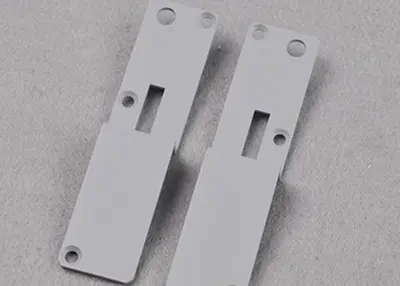 Wire EDM: Analyzing Precision Cutting TechnologyNovember 16, 2023The field of machining covers a variety of complex processes, of which wire EDM is an important one. This precision cutting method processes electrically conductive materials into high-precision parts by means of electric spark discharge. In this article, we will take an in-depth look at the working principles of wire EDM, its areas of application and its importance in manufacturing.view
Wire EDM: Analyzing Precision Cutting TechnologyNovember 16, 2023The field of machining covers a variety of complex processes, of which wire EDM is an important one. This precision cutting method processes electrically conductive materials into high-precision parts by means of electric spark discharge. In this article, we will take an in-depth look at the working principles of wire EDM, its areas of application and its importance in manufacturing.view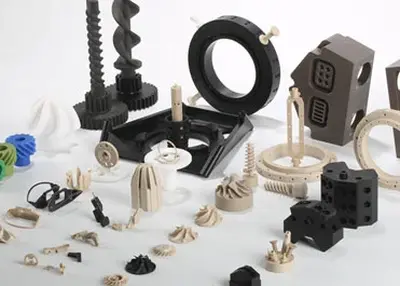 How Much Does Injection Molding Cost?August 9, 2023Injection molding is a widely used manufacturing process for the production of components and products. As with any manufacturing process, it is crucial to understand the cost factors involved in inje...view
How Much Does Injection Molding Cost?August 9, 2023Injection molding is a widely used manufacturing process for the production of components and products. As with any manufacturing process, it is crucial to understand the cost factors involved in inje...view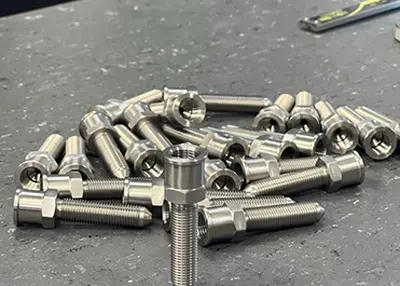 How many types of cast iron are there? How are the grades represented? The various uses of cast iron?October 31, 2023Cast iron is an iron and carbon alloy with carbon content greater than 2.11% (generally 2.5-4%). It is iron, carbon, silicon as the main constituent elements and more than carbon steel contains mangan...view
How many types of cast iron are there? How are the grades represented? The various uses of cast iron?October 31, 2023Cast iron is an iron and carbon alloy with carbon content greater than 2.11% (generally 2.5-4%). It is iron, carbon, silicon as the main constituent elements and more than carbon steel contains mangan...view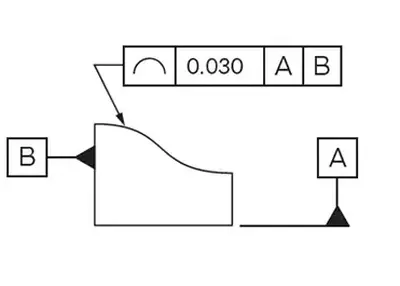 Unveiling the Precision: The Line Profile UnraveledNovember 21, 2023In the vast realm of engineering and manufacturing, the significance of line profiles cannot be overstated. These seemingly simple geometric elements play a pivotal role in ensuring precision, guiding us through the intricacies of design and production.view
Unveiling the Precision: The Line Profile UnraveledNovember 21, 2023In the vast realm of engineering and manufacturing, the significance of line profiles cannot be overstated. These seemingly simple geometric elements play a pivotal role in ensuring precision, guiding us through the intricacies of design and production.view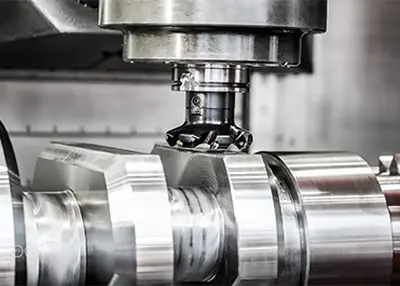 Understanding and Improving Modern CNC MillingOctober 11, 2023CNC MillingCNC milling has been around for more than 50 years, but the technology continues to evolve. Recent advances have made it possible to automate the entire process, from design to finished par...view
Understanding and Improving Modern CNC MillingOctober 11, 2023CNC MillingCNC milling has been around for more than 50 years, but the technology continues to evolve. Recent advances have made it possible to automate the entire process, from design to finished par...view![Chamfer 101: Understanding Chamfers and Chamfered Edge [Quick Guide]](/uploads/image/20231123/14/chamfer-101-understanding-chamfers-and-chamfered-edge-quick-guide_400x400.webp) Chamfer 101: Understanding Chamfers and Chamfered Edge [Quick Guide]November 23, 2023Gain comprehensive knowledge about chamfers, including types, advantages and limitations, various methods of measurement and a comparative feature analysis.view
Chamfer 101: Understanding Chamfers and Chamfered Edge [Quick Guide]November 23, 2023Gain comprehensive knowledge about chamfers, including types, advantages and limitations, various methods of measurement and a comparative feature analysis.view
 EN
EN
 ru
ru 

